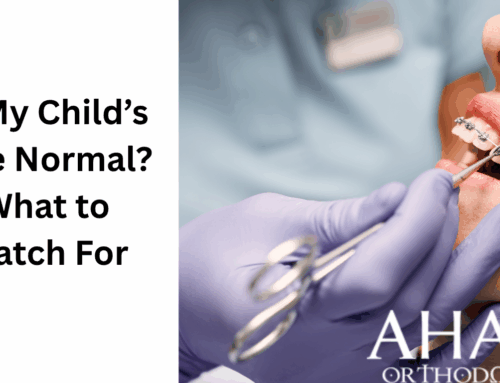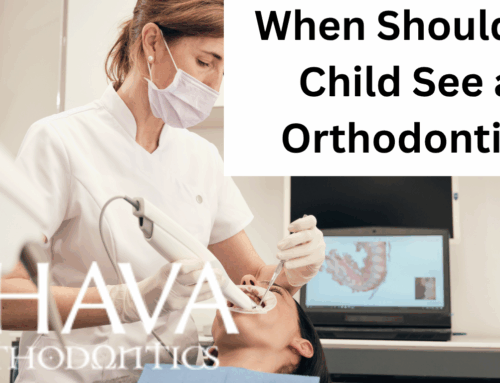Crooked teeth in children are more common than ever, often becoming noticeable as early as five years of age. While many believe genetics are responsible, recent research suggests that environmental factors and specific oral habits may be more to blame. Understanding these causes can help parents and caregivers take proactive steps to support their child’s healthy dental and facial development.
Common Misconceptions: Is Genetics Really to Blame?
For years, the idea that crooked teeth were purely genetic has been widely accepted. It seemed logical: if a parent or grandparent had crowded or misaligned teeth, it was assumed their children would likely inherit the same traits. However, modern studies have started to shift this understanding, highlighting that certain habits, health conditions, and lifestyle factors play a significant role in shaping dental and jaw development.
While genetics may contribute to some facial structure and jaw shape, it’s often the influence of environmental factors and specific habits that more directly impact the alignment of teeth. Knowing this opens up the possibility for early intervention to prevent or reduce the likelihood of severe misalignment.

What Actually Causes Crooked Teeth?
There are several common habits and conditions that can impact jaw development and teeth alignment in young children. Here’s a look at some of the primary contributors:
- Mouth Breathing: One of the most significant factors in crooked teeth is mouth breathing. This habit often develops due to chronic nasal congestion from allergies or respiratory issues, such as asthma. When children habitually breathe through their mouths, the natural resting posture of the lips, cheeks, and tongue is altered, which can lead to the improper development of the jaw and the alignment of teeth.
- Tongue Thrusting: Tongue thrusting occurs when the tongue pushes against the front teeth during swallowing or resting. This pressure can gradually move the front teeth out of alignment. Over time, repeated tongue thrusting may lead to an open bite, in which the upper and lower front teeth do not meet when the mouth is closed.
- Reverse Swallowing: In a normal swallow, the tongue should press against the roof of the mouth. In reverse swallowing, the tongue moves forward or pushes against the teeth. This habit puts undue pressure on the front teeth and can contribute to misalignment, especially when developed at a young age.
- Thumb Sucking: Thumb sucking is another habit that can have a significant impact on dental development. The force exerted by the thumb pressing against the roof of the mouth and teeth can lead to an open bite, protruding front teeth, or even a narrow upper jaw. This habit can affect both the position of the teeth and the growth of the jaw, especially if it continues beyond toddler years.
Other Contributing Factors to Crooked Teeth
Along with these specific habits, other environmental and health factors can contribute to crooked teeth and improper jaw development:
- Allergies and Asthma: Respiratory conditions like allergies and asthma can lead to chronic nasal congestion, making it difficult for children to breathe comfortably through their noses. As a result, children may develop a habitual mouth-breathing pattern, which can impact the positioning of the jaw and alignment of the teeth over time.
- Open Mouth Posture: An open mouth posture, whether due to mouth breathing, thumb sucking, or other factors, changes the natural resting position of the jaw and tongue. The tongue, ideally, should rest against the roof of the mouth, helping to support proper dental arch formation. When the mouth is open, the tongue does not provide this support, which can contribute to a narrow palate, crowded teeth, and an improper bite.
Myofunctional Habits and Their Impact on Development
The above behaviors and conditions are collectively known as myofunctional habits. Myofunctional therapy addresses the muscular function of the face, mouth, and tongue to correct these habits and guide proper development. When left untreated, myofunctional issues can contribute to more severe dental problems and even facial development issues, affecting a child’s bite, facial symmetry, and speech.
Many children experience one or more of these myofunctional habits in early childhood, potentially contributing to crooked teeth. By identifying and addressing these habits early, either through corrective exercises, habit-breaking techniques, or working with a pediatric dentist, it is possible to support a more natural, healthy dental development.
Can Myofunctional Therapy and Early Intervention Help?
If a child exhibits one or more of these habits, intervention can play a key role in preventing or minimizing dental misalignment. Myofunctional therapy uses exercises and habit-correcting techniques to help children adopt healthy oral habits that support proper jaw and dental arch development. For instance, working with a pediatric dentist or myofunctional therapist can help a child learn correct tongue posture, nasal breathing, and effective swallowing techniques.
- Tongue Posture Training: Learning to rest the tongue against the roof of the mouth can aid in the natural formation of the upper dental arch, helping to prevent a narrow palate and the associated crowding of teeth.
- Nasal Breathing Exercises: Encouraging children to breathe through their noses by addressing any underlying allergies or respiratory issues can help correct mouth breathing. This can positively impact jaw growth and tooth alignment.
- Habit Correction Techniques: For habits like thumb sucking, using strategies to redirect the behavior can reduce the pressure on the developing dental arches, allowing for healthier tooth positioning.
The Takeaway: Early Awareness Can Lead to Healthier Smiles
While genetics may influence certain aspects of dental and jaw structure, it’s clear that myofunctional habits and other environmental factors play a major role in causing crooked teeth. Awareness of these contributing factors gives parents an opportunity to support their child’s dental health through early intervention and professional guidance.
By addressing these habits with the help of professionals, children can benefit from a healthier, more natural smile as they grow. If you’re concerned about your child’s dental development, consult with a pediatric dentist or myofunctional therapist to explore effective strategies for supporting a straight, healthy smile.




